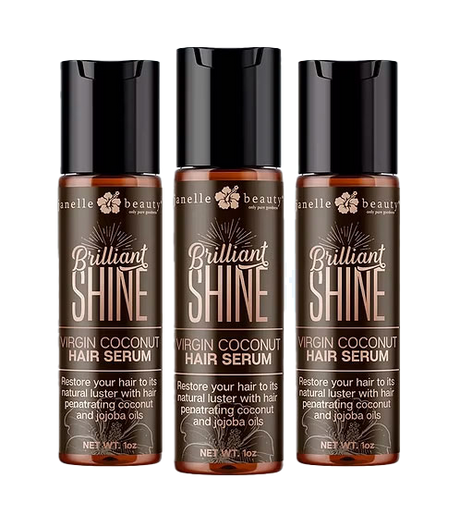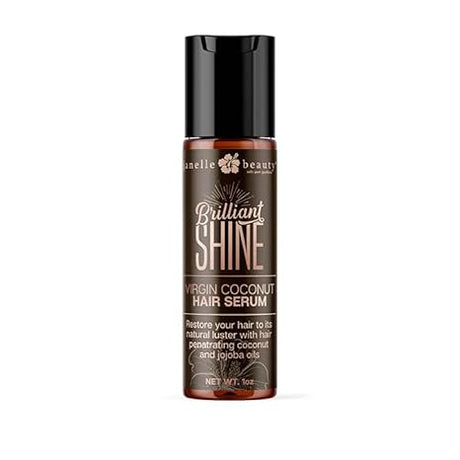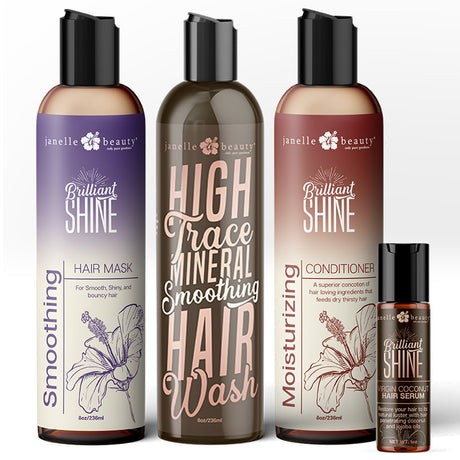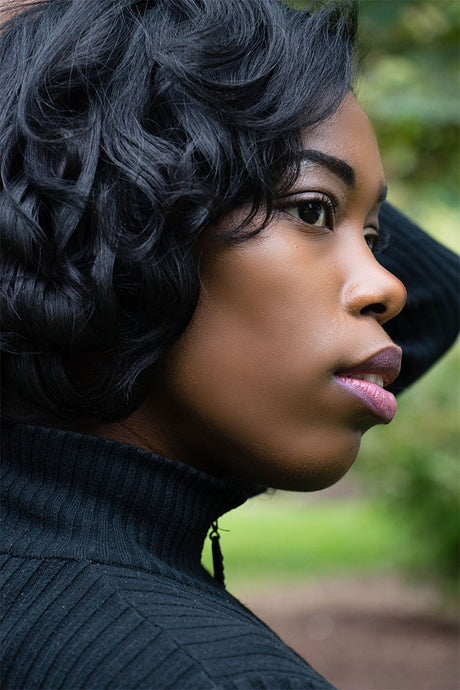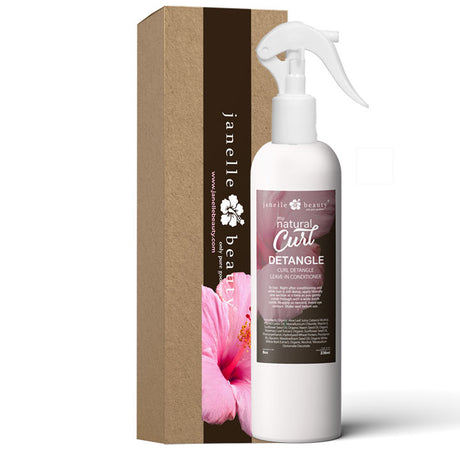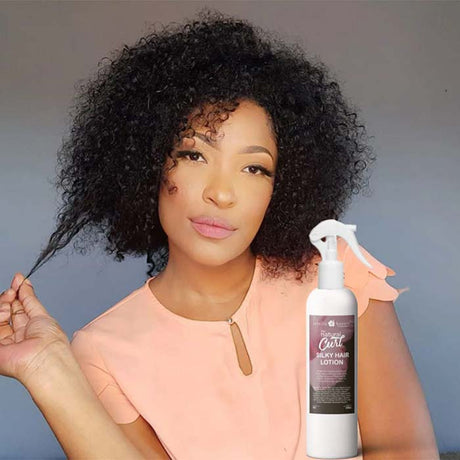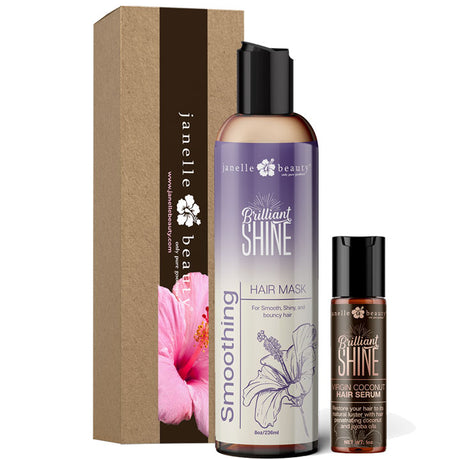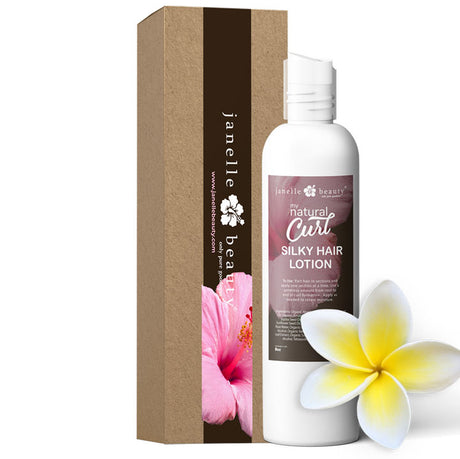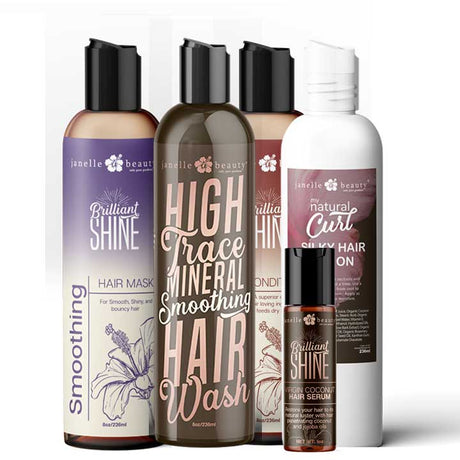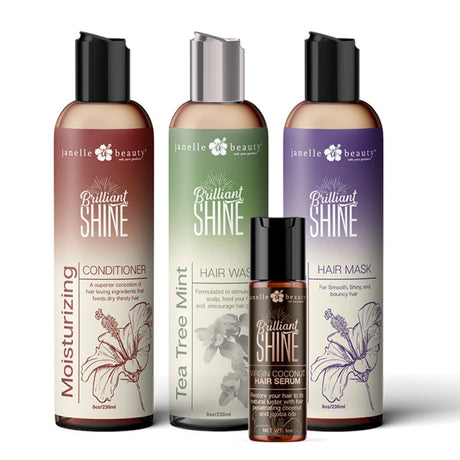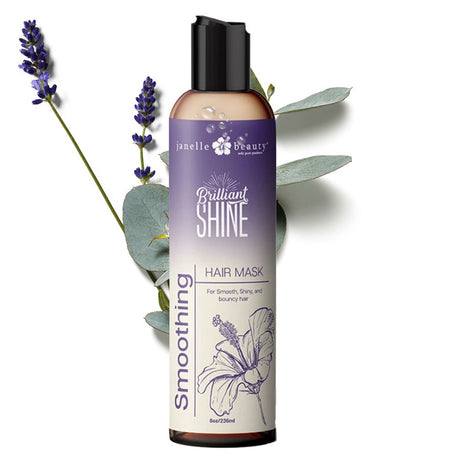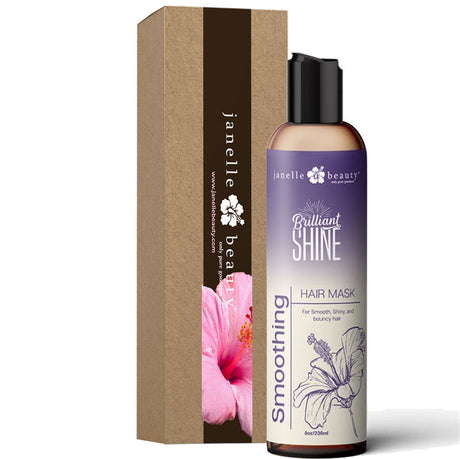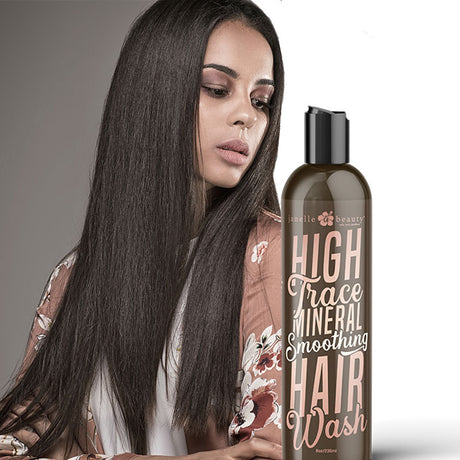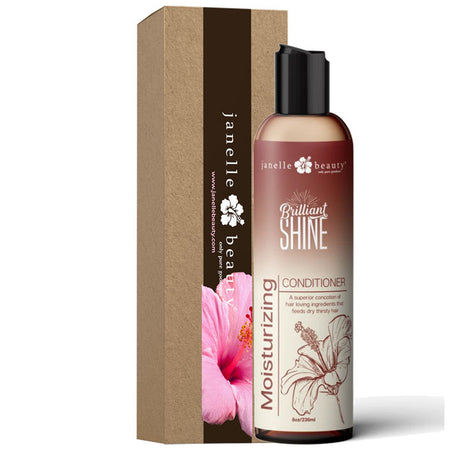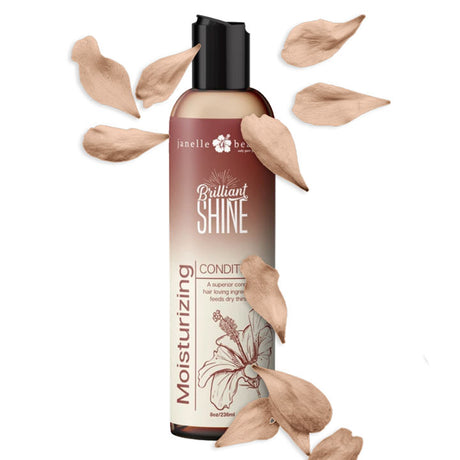If you’ve ever felt like your hair refuses to absorb moisture no matter what you apply, you may be working with low-porosity hair. While low-porosity strands are often strong and naturally shiny, they can also feel dry, experience buildup easily, and struggle to stay hydrated. The good news is that with the right routine and product choices, low-porosity hair can absolutely thrive.
At Janelle Beauty, we believe healthy hair begins with understanding its unique needs. Here’s everything you need to know about caring for low-porosity hair and helping it reach its healthiest state.
What Is Low-Porosity Hair?
Hair porosity refers to how easily your hair absorbs and retains moisture. Low-porosity hair has tightly packed cuticles that create a strong barrier. This helps the hair retain moisture once it’s inside, but makes it harder for hydration and products to enter in the first place.
Common signs of low-porosity hair include:
* Water beads on the hair before absorbing
* Products sit on the surface and cause buildup
* Hair takes a long time to dry
* Resistant to chemical processing
* Feels dry or stiff even with frequent moisturizing
Recognizing these characteristics helps you choose products that actually penetrate and nourish your hair.
How to Care for Low-Porosity Hair
1. Start With a Clean Base
Low-porosity hair is prone to product buildup, which blocks moisture from entering. Regular clarifying removes residue and prepares your hair to absorb hydration effectively.
Clarify every 2 to 4 weeks for best results.
2. Choose Lightweight, Moisture-Rich Conditioners
Light, humectant-rich conditioners work best for low-porosity hair because they moisturize without sitting heavily on the cuticle.
The Janelle Beauty Brilliant Shine Moisturizing Conditioner is a perfect fit. With hydrolyzed wheat protein, Pro-Vitamin B5, and moisturizing rose hip oil, it provides softness, shine, and bounce without weighing hair down. It nourishes while keeping your strands light, smooth, and manageable.

3. Use Gentle Heat to Boost Absorption
Because the cuticle layer is naturally tight, warmth helps lift it slightly, allowing moisture to penetrate more effectively.
You can use:
* A warm towel
* A steamer
* A heated conditioning cap
Ten to fifteen minutes of gentle heat can transform how your conditioner absorbs.
4. Focus on Water-Based Moisturizers
Low-porosity hair loves water-rich formulas. Heavy oils or butters often sit on top of the hair rather than being absorbed.
Look for ingredients such as:
* Panthenol (Vitamin B5)
* Aloe vera
* Glycerin
* Lightweight botanical oils
These ingredients help hydrate the hair without coating it.
5. Seal With Lightweight Oils
Sealing helps lock in moisture once it’s absorbed. However, thick oils and butters can weigh down low-porosity hair.
Choose lightweight oils such as rose hip, argan, or sweet almond oil. Apply sparingly, especially to the ends.
6. Deep Condition Regularly
Consistent deep conditioning is essential. Moisture-rich formulas with a touch of protein help strengthen the hair while keeping it flexible and hydrated.
Aim to deep condition every 1 to 2 weeks based on your hair’s needs.
7. Be Careful With Heavy Products
Because moisture struggles to enter low-porosity hair, applying too many heavy products leads to buildup and dullness.
Instead, layer products lightly, focusing on hydration rather than quantity.
Final Thoughts: Low-Porosity Hair Can Flourish With the Right Care
Caring for low-porosity hair is all about choosing techniques and products that gently encourage moisture into the hair shaft. Once you understand how your hair behaves, you can build a routine that supports softness, shine, and lasting hydration.
With the right approach and nourishing products like the Janelle Beauty Brilliant Shine Moisturizing Conditioner, your low-porosity hair can stay moisturized, healthy, and beautifully bouncy.



